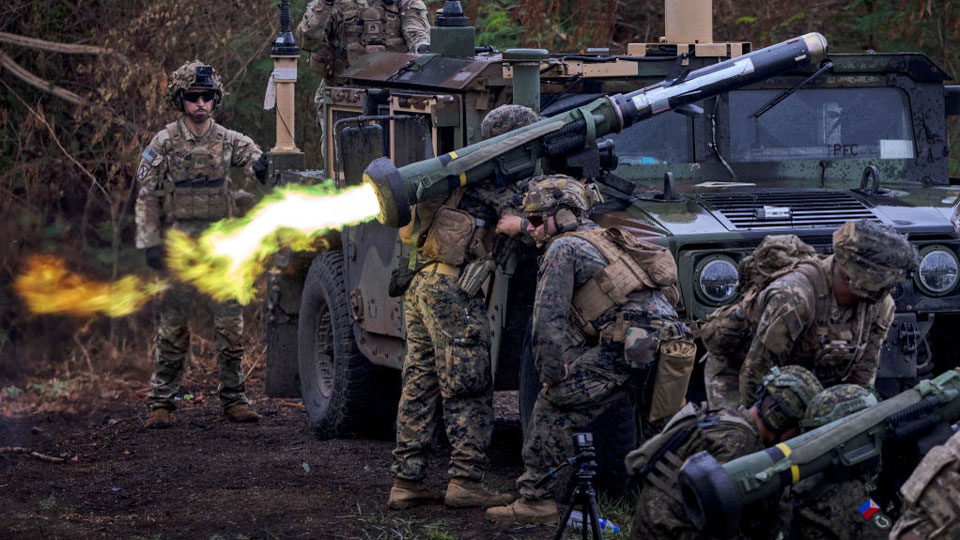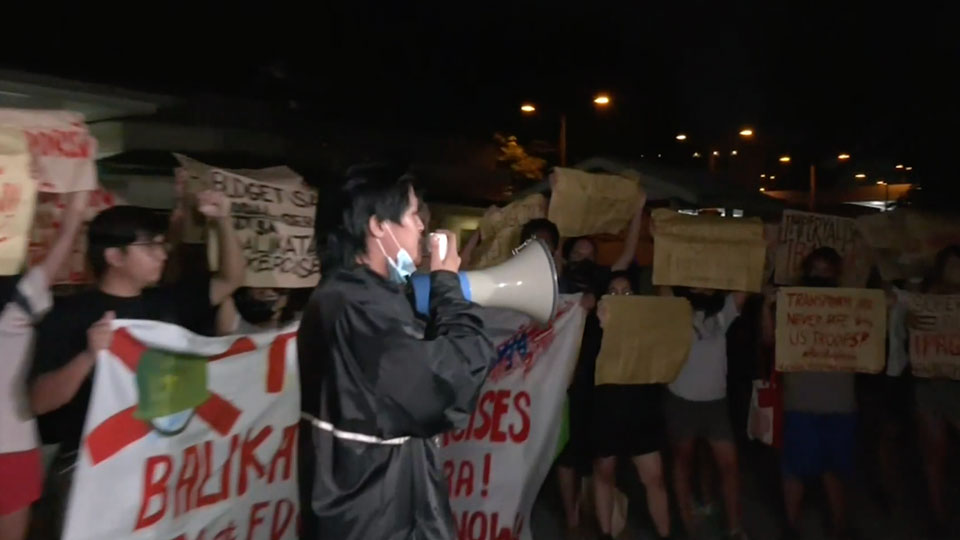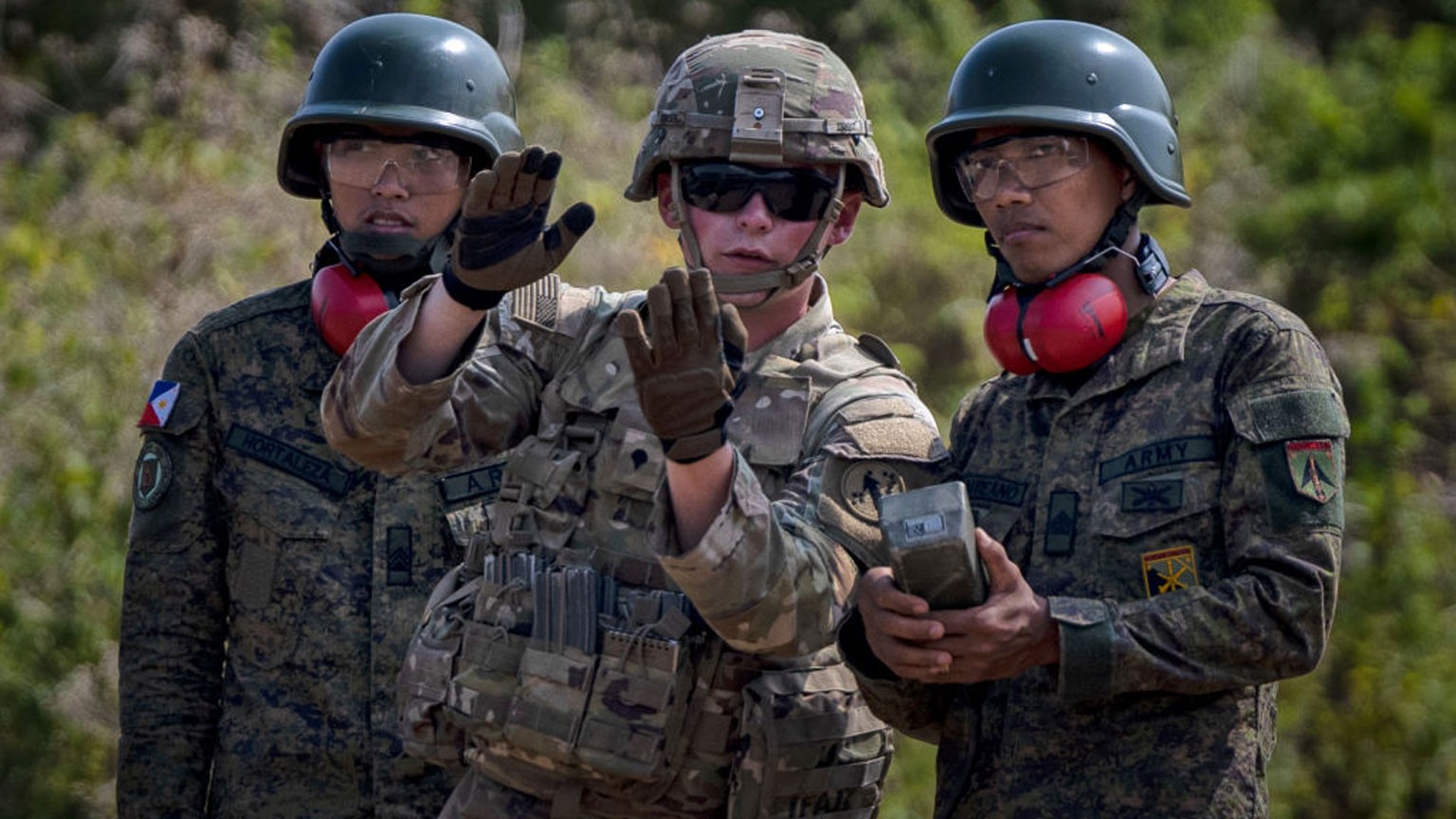The US and the Philippines are strengthening security ties as Beijing takes an increasingly aggressive stance in the region. The cooperation marks a change in direction.
Former Philippine President Rodrigo Duterte took a more Beijing-friendly position with hopes for China's economic support, putting aside territorial disputes in the South China Sea. At the same time, he distanced himself from the US, and relations deteriorated.
President Marcos, who took office last June, isn't so willing to compromise with China. He has made it clear he will not give up any territory.
The US has welcomed Marcos' approach, with visits to Manila by Vice President Kamala Harris last November and Defense Secretary Lloyd Austin in February.
The two countries have agreed to increase the number of bases available to US forces in the Philippines from five to nine. Three of the four new locations are at the northern end of the main island of Luzon, close to Taiwan. The other one is near disputed territory in the South China Sea.

Defending Taiwan
These locations for the new shared military sites reflect the level of concern that the US holds about China's intent to annex Taiwan. They are also part of a Pentagon plan to decentralize its military presence in the region.
In 2021, General John Hyten, then Vice Chairman of the Joint Chiefs of Staff, revealed that the US military had been "miserably" defeated in a simulation of a Taiwan contingency. He pointed out that the concentration of forces in a few bases made them vulnerable.
Japanese Defense Ministry officials explain that those comments referred to the US facilities in Okinawa and Guam, and its aircraft carriers — all of which are vulnerable to Chinese ballistic missile attacks.
Since then, the dispersion of US forces has become an important issue. The speed at which the Philippines agreement has been negotiated and troops deployed indicates a sense of crisis.
China moves in on the Philippines
Since 2021, fleets of Chinese vessels have been anchoring in the waters that are part of the Philippines' exclusive economic zone, even blocking passage. In February this year, a Chinese coast guard vessel directed a military laser at a Philippine crew.
The incidents have informed the Philippines' decision to align itself more closely with the US.
Filipinos highlight risks
The current joint military exercise prompted a demonstration outside the US Embassy in Manila, with protesters arguing it puts the Philippines at risk. People who live near the Camilo Osias Naval Base in Cagayan province, which is now open for use by the US military, are worried the area could become a target for Chinese attacks.

President Marcos has repeatedly stressed that if a crisis in Taiwan occurs, his country "will be on the front line," noting, "it is impossible not to get involved."
On that track, the US and the Philippines are growing closer together while maintaining a watchful eye on public opinion.

